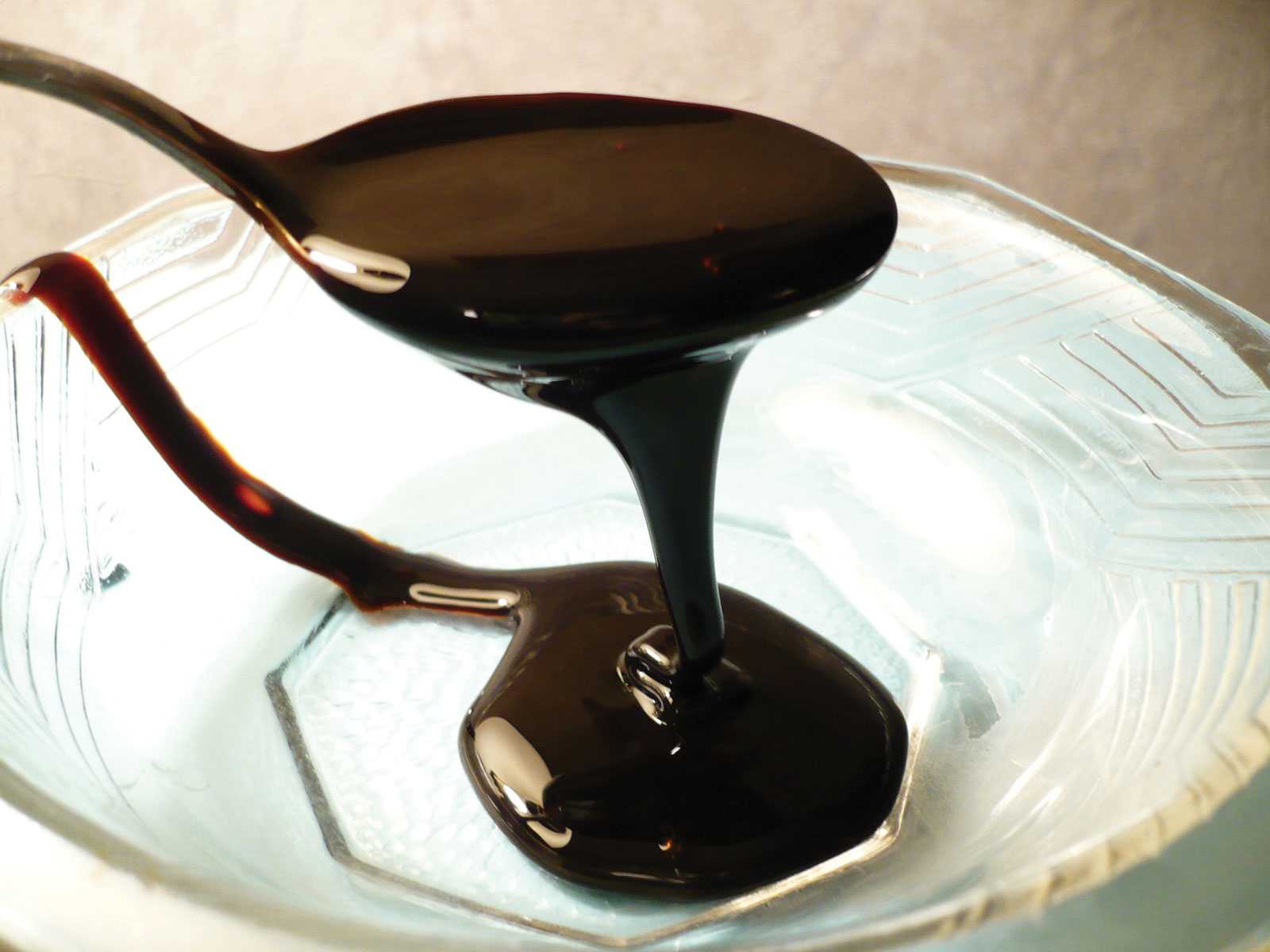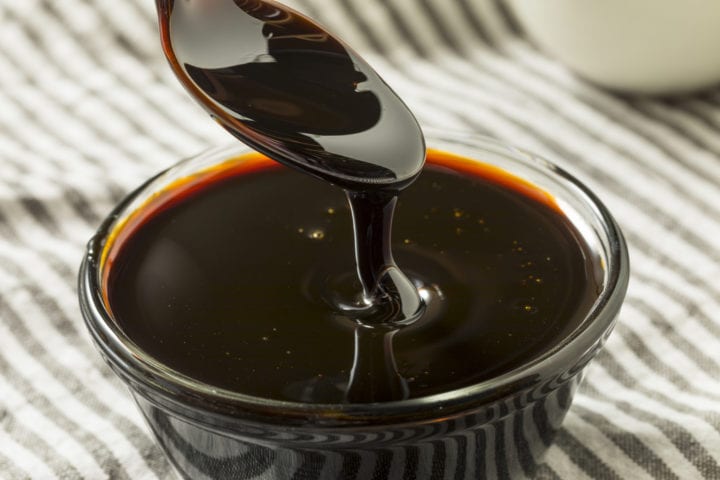
Greetings, fellow gardeners and tomato aficionados! Today, we’re diving into the garden’s sweet side with a topic that might raise a few eyebrows – molasses water for tomato plants. Yes, you read that right – molasses, the sticky, sweet elixir often associated with grandma’s baking, might just be the secret sauce your tomatoes have been craving. Join us on this flavorful journey as we explore the whys, hows, and whens of incorporating molasses water into your tomato-growing routine.
Table of Contents
Understanding Molasses and its Composition

Molasses as a Byproduct of Sugar Production
Molasses, often considered a sweet leftover from sugar production, is a byproduct that emerges from the sugar refining process. This sticky, dark syrup is the result of extracting sugar crystals from sugar cane or sugar beets. As the sugar is separated, what remains is molasses, a rich and nutrient-dense substance.
Nutrient Profile: Rich in Minerals and Essential Plant Nutrients
Molasses is not merely a sweetener; it contains a spectrum of elements, including iron, magnesium, potassium, and trace minerals. This nutrient-rich composition fosters an environment conducive to the flourishing health of plants, making molasses an invaluable addition to the gardening arsenal.
C. Different Types of Molasses and Their Suitability for Tomato Plants
Not all molasses is created equal, and understanding the different types is essential for optimizing its benefits for tomato plants. Two primary categories are unsulphured and sulphured molasses:
- Unsulphured Molasses:
- Derived from ripe sugar cane.
- Considered the more natural and nutrient-rich option.
- Ideal for organic gardening practices.
- Sulphured Molasses:
- Treated with sulfur dioxide as a preservative.
- May have a lighter color but could contain fewer nutrients.
- Generally used in commercial food production rather than gardening.
Benefits of Molasses Water for Tomato Plants
A. Enhanced Microbial Activity in the Soil
- Role of Beneficial Bacteria and Fungi
- Molasses acts as a catalyst for fostering the growth of beneficial bacteria and fungi in the soil.
- These microorganisms form a symbiotic relationship with plants, contributing to nutrient cycling and disease suppression.
- Improved Nutrient Uptake by Plants
- The enhanced microbial activity stimulated by molasses facilitates the breakdown of organic matter, releasing essential nutrients in forms more accessible to plants.
- Improved nutrient solubility leads to enhanced absorption by the plant roots, promoting robust growth and development.
B. Natural Source of Essential Nutrients
- Nitrogen, Potassium, and Trace Minerals
- Molasses serves as a natural reservoir of essential plant nutrients, including nitrogen and potassium.
- The presence of trace minerals such as iron, magnesium, and manganese enriches the soil, providing a balanced nutrient profile for tomato plants.
- Impact on Overall Plant Health
- The nutrient diversity in molasses contributes to the overall health and resilience of tomato plants.
- Nitrogen supports vigorous vegetative growth, while potassium enhances flowering, fruit development, and disease resistance.
- Trace minerals play pivotal roles in enzyme activation and photosynthesis, ensuring a holistic approach to plant health.
How Do You Use Molasses On Tomatoes?

Now that we’re acquainted with molasses’ botanical benefits, let’s talk about how to incorporate it into your tomato-tending routine.
Mixing the Molasses Elixir
Creating molasses water for tomato plants is as simple as whipping up your favorite cocktail. Here’s a quick recipe to get you started:
- Ingredients:
- 1 tablespoon of unsulfured molasses
- 1 gallon of water
- Steps:
- Mix the molasses thoroughly with the water.
- Stir until the molasses is fully dissolved.
- Your molasses water is ready to nourish your tomato plants!
Application of Molasses Water to Tomato Plants
Timing is everything, even when it comes to treating your tomatoes to a molasses shower. Consider the following scenarios:
- During Planting: Introduce molasses water when transplanting or seeding to give your tomatoes a nutrient-rich welcome.
- Early Growth: Apply molasses water when your tomatoes are in the early stages of growth to boost their development.
- Flowering and Fruiting: Sweeten the deal during the flowering and fruiting stages for plumper, juicier tomatoes.
A. Soil Drenching vs. Foliar Application
- Benefits and Considerations of Each Method
- Soil Drenching:
- Benefits:
- Direct delivery of nutrients to the root zone, promoting root health and nutrient absorption.
- Minimizes the risk of leaf burn or damage.
- Considerations:
- Slower nutrient absorption compared to foliar application.
- Requires adequate moisture in the soil for optimal results.
- Benefits:
- Foliar Application:
- Benefits:
- Rapid nutrient absorption through leaves, providing a quick boost to plant health.
- Ideal for addressing nutrient deficiencies or promoting immediate growth.
- Considerations:
- Risk of leaf burn if applied during intense sunlight or high temperatures.
- Nutrient absorption is dependent on leaf health and surface area.
- Benefits:
- Soil Drenching:
- Ensuring Proper Absorption by Tomato Plants
- For Soil Drenching:
- Apply molasses water evenly around the base of the plant, ensuring thorough coverage.
- Water the soil before and after application to facilitate absorption.
- For Foliar Application:
- Apply the molasses water in the early morning or late afternoon to avoid peak sunlight.
- Ensure complete coverage of both sides of the leaves for effective absorption.
- For Soil Drenching:
How Much Molasses To Water For Tomato Plants?
Like any good thing, moderation is key. Too much molasses can overwhelm your tomatoes. Here’s a general guideline:
- Seedlings: 1-2 tablespoons per gallon of water every two weeks.
- Established Plants: 2-3 tablespoons per gallon of water once a month.
Potential Challenges
Sugar Shock? Debunking the Sweetness Myth
One concern that often crops up is whether the sugars in molasses can lead to problems like root rot. Fear not – the sugars in molasses are not the same as the sugars found in sugary snacks. They serve as a microbial feast rather than a sugary shock for your plants.
Balancing Act: Molasses and Soil pH Harmony
Some gardeners worry about molasses affecting soil pH. The reality is, while molasses has a slightly acidic pH, the amount used in watering is minimal and won’t significantly alter your soil’s pH levels.
Conclusion
Molasses water for tomato plants emerges as a sweet surprise. From nutrient-rich goodness to microbial support and pH harmony, molasses add a flavorful dimension to your tomato-tending repertoire.
So, should you give your tomatoes a taste of the sweet life with molasses water? The answer seems to be a sugary “Yes!” With the right balance, timing, and understanding, molasses could be the secret ingredient that transforms your tomato garden into a thriving symphony of flavor. Sweet gardening, fellow cultivators, and may your tomatoes dance to the tune of molasses water!
